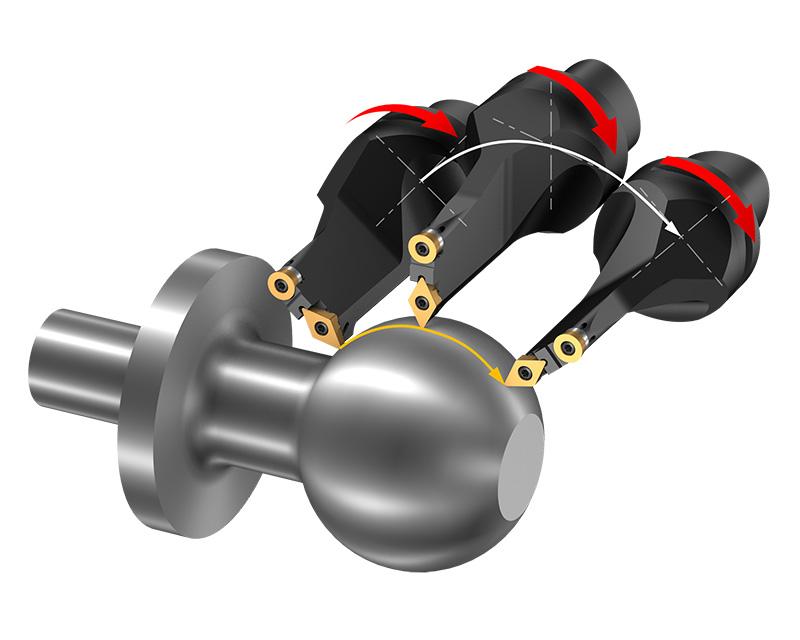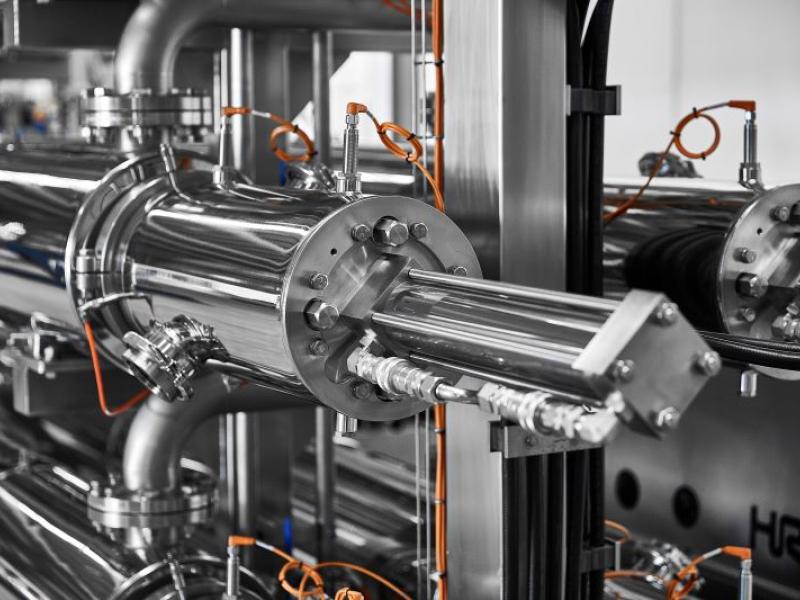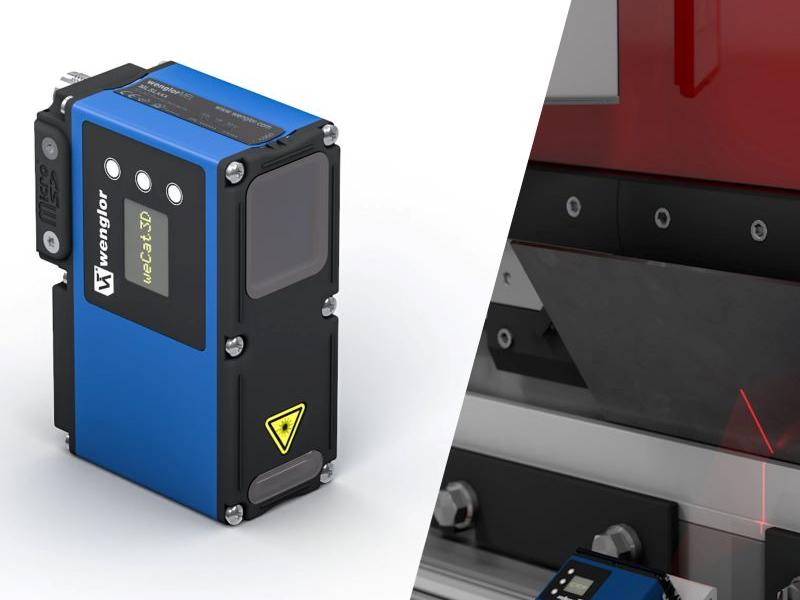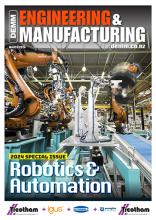New machining method opens up for turning of several complex features with one tool
Sandvik Coromant introduces a new method for turning of complicated shapes and pockets with only one tool. Reduced cycle time, improved component surface quality and more stable machining are among the benefits Y-axis turning has the potential to bring.
Recent years have brought forward immense development in the turning area, with new innovations such as all-directional PrimeTurning™, non-linear turning, and interpolation turning. “One could say that these advances, together with progressive capabilities in modern machines and CAM software, have paved the way for the new Y-axis turning method”, says Staffan Lundström, Product Manager Turning at Sandvik Coromant, “and with the tools and method now in place, we look forward to exploring the possibilities this method can present to our customers.”
So how does Y-axis turning work? As the name implies, the new method makes use of the Y-axis, and all three axes are used simultaneously when machining. The tool rotates around its own centre, the insert is placed for machining in the Y-Z plane and the milling spindle axis interpolates during turning. This way, intricate shapes can be machined with one single tool.
Y-axis turning offers numerous benefits. The possibility to machine several features with only one tool reduces cycle time. The fact that no tool changes are required also minimizes the risk of ‘blend points’, i.e. irregularities between adjacent machined surfaces. Main cutting forces are directed into the machine spindle, improving stability and reducing the risk for vibrations. A constant entering angle drastically improves chip control and makes it easier to avoid chip jamming.
Two new tools have been developed to support Y-axis turning. The new CoroTurn Prime variant is suitable for shafts, flanges and components with undercuts. The CoroPlex® YT twin-tool featuring CoroTurn TR profiling inserts and CoroTurn 107 round inserts with rail interface can favourably be used for components with pockets and cavities.
To summarize, Y-axis turning is a method for simultaneous 3-axis turning with interpolation of the milling spindle axis. The new tools can also be used in ‘static mode’ with locked spindle for flexible 2-axis turning with fast insert indexing. The method is suitable for all materials and requires a multi-task machine with options to allow interpolation of milling spindle axis during turning.






